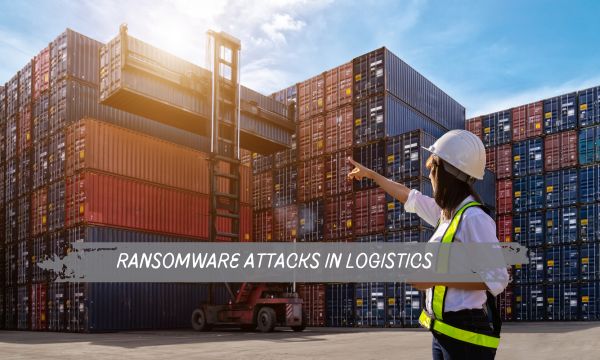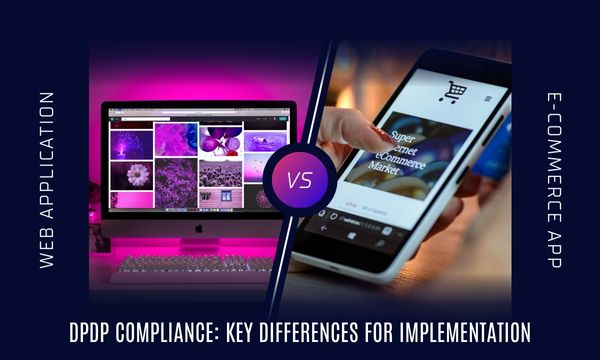
Ransomware attacks have surged dramatically in recent years, particularly affecting the logistics sector. As logistics companies manage vast amounts of sensitive data and critical infrastructure, they are prime targets for cybercriminals seeking to disrupt operations and extort ransom payments. According to Cybersecurity Ventures, ransomware damages are projected to reach $265 billion annually by 2031, making it a significant threat to industries reliant on the seamless flow of goods and information.
In this blog, we will explore the vulnerabilities inherent in the logistics supply chain, discuss the impact of ransomware attacks, and explain how Red Team engagements can simulate real-world threats to help organizations strengthen their defences.
Understanding the Vulnerabilities of the Logistics Supply Chain
The logistics supply chain is a complex ecosystem involving multiple stakeholders, including manufacturers, suppliers, distributors, and retailers. This interconnectedness, while essential for efficiency, also presents several vulnerabilities:
1. Interconnected Systems
The logistics industry relies heavily on interconnected IT systems for inventory management, order processing, and transportation management. Each connection represents a potential entry point for attackers. A breach in one system can compromise the entire supply chain.
2. Use of Legacy Systems
Many logistics companies still utilize outdated legacy systems that may not receive regular security updates or patches. These systems can contain unaddressed vulnerabilities that cybercriminals can exploit.
3. Third-Party Dependencies
Logistics companies often depend on third-party vendors for various services, including warehousing, shipping, and IT support. If these third parties lack robust security measures, they can serve as weak links in the supply chain, exposing companies to attacks.
4. Human Error
Phishing attacks targeting employees remain a leading cause of ransomware incidents. A single employee inadvertently clicking on a malicious link can compromise an entire organization’s network, allowing attackers to deploy ransomware.
The Impact of Ransomware on Logistics
Ransomware attacks can have devastating effects on logistics companies, including:
* Operational Disruption: Attacks can halt operations, prevent the timely delivery of goods, and disrupt supply chains. For example, the 2021 Colonial Pipeline attack severely disrupted fuel distribution across the U.S., highlighting the vulnerability of critical infrastructure.
* Financial Loss: In addition to ransom payments, companies face costs related to recovery efforts, potential legal fees, and reputational damage. The average ransom payment in 2021 was reported to be $570,000, but the total cost of a ransomware incident can be much higher.
* Loss of Customer Trust: A successful ransomware attack can erode customer trust and loyalty, leading to long-term financial repercussions. Customers are less likely to engage with companies that have suffered data breaches or operational disruptions.
How Red Teaming Simulates Real-World Threats
Red Teaming is a simulated cyberattack engagement that tests an organization’s security posture by mimicking real-world attack scenarios. Here’s how Red Team engagements can help logistics companies defend against ransomware and other cyber threats:
1. Identifying Vulnerabilities
Red Team engagements involve a team of ethical hackers who conduct thorough assessments of an organization’s security measures. They attempt to exploit vulnerabilities in systems, networks, and human behaviour to gain unauthorized access. This proactive approach helps identify weaknesses before malicious actors can exploit them.
2. Testing Incident Response Capabilities
Simulating a ransomware attack allows organizations to assess their incident response capabilities. Red Teams evaluate how well the logistics company can detect, contain, and remediate an attack, providing invaluable insights into areas for improvement.
3. Raising Security Awareness
Red Team exercises often involve social engineering tactics, such as phishing attempts on employees. This helps organizations gauge their workforce’s security awareness and reinforces the importance of training staff to recognize and report suspicious activity.
4. Enhancing Security Measures
Following a Red Team engagement, organizations receive detailed reports outlining vulnerabilities discovered and recommendations for mitigating risks. This information can be instrumental in enhancing security protocols and implementing necessary changes to reduce the risk of ransomware attacks.
5. Fostering a Security-First Culture
Regular Red Team engagements promote a culture of security within organizations. When employees understand the methods attackers may use, they become more vigilant and proactive in identifying and reporting potential threats.
Real-Life Case Study: A Logistics Company Victim of Ransomware
In early 2021, JBS Foods, one of the largest meat processors in the world, fell victim to a ransomware attack that disrupted operations across multiple locations in North America and Australia. The attack forced JBS to temporarily close facilities, resulting in significant operational delays and a ransom payment of $11 million to restore access to their systems.
This incident illustrates the severe impact of ransomware on the logistics sector and underscores the need for comprehensive security measures, including Red Team engagements, to prevent such breaches.
Conclusion: Strengthen Your Logistics Security Posture
As ransomware attacks continue to rise, logistics companies must prioritize cybersecurity by implementing proactive measures, including regular Red Team engagements. By identifying vulnerabilities, testing incident response capabilities, and fostering a culture of security awareness, organizations can better defend against the evolving threat landscape.
The logistics sector is essential for global trade, and securing its supply chain is vital for both operational integrity and customer trust. By investing in Red Teaming and other cybersecurity strategies, logistics companies can mitigate the risks associated with ransomware attacks and ensure the continued flow of goods and services.
Is your logistics company prepared for a ransomware attack? Contact us today to learn how our Red Teaming services can help identify vulnerabilities and strengthen your defences against cyber threats.



